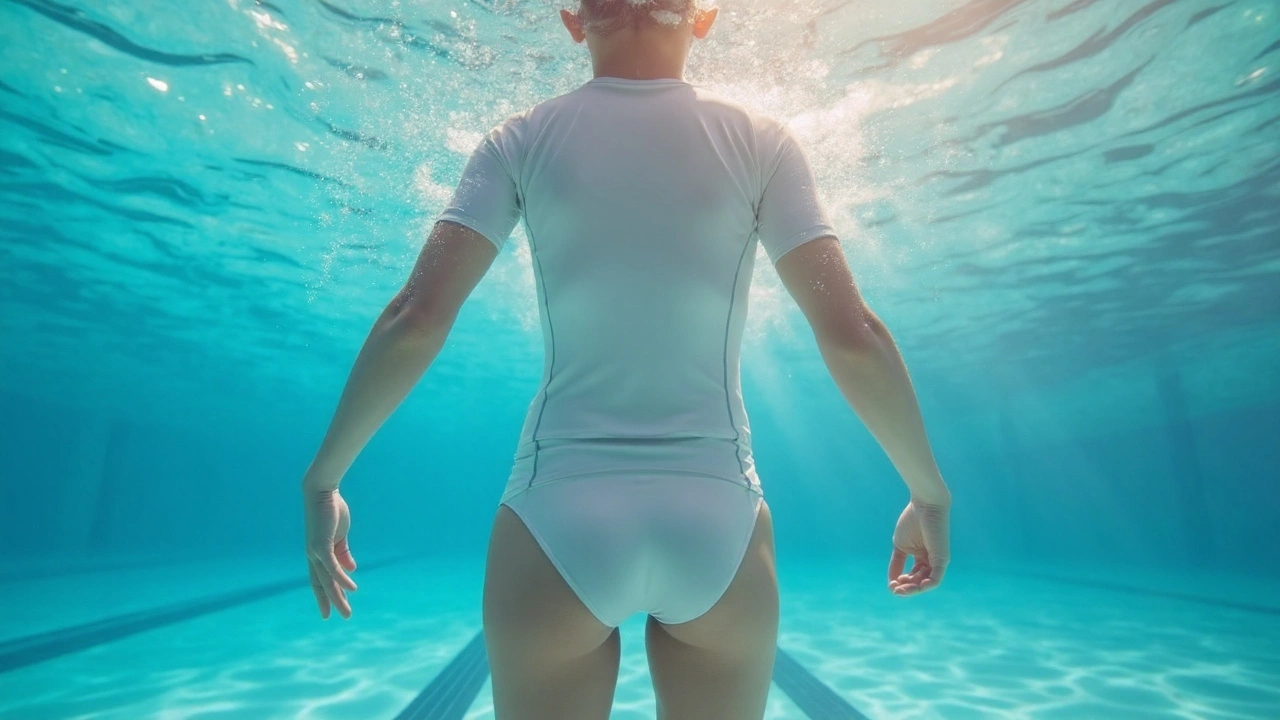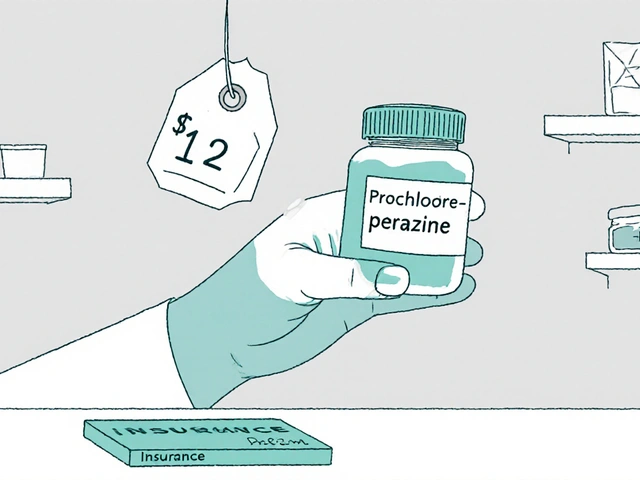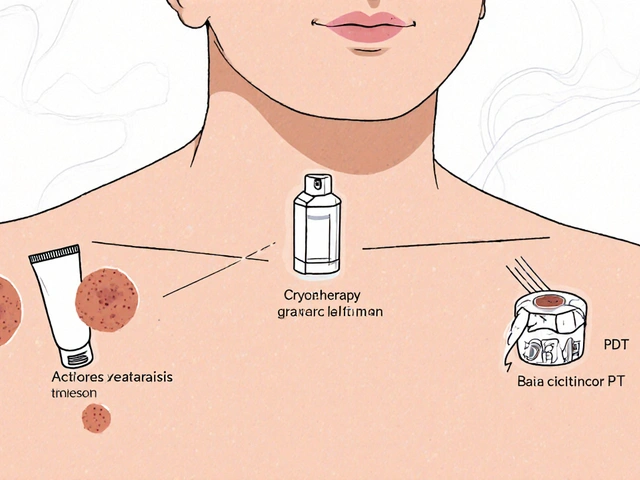Eczema is a chronic inflammatory skin condition that affects about 10% of adults and 15% of children worldwide. It is characterised by dry, itchy patches, a compromised skin barrier, and a tendency to flare up when exposed to irritants such as chlorine or saltwater. Managing eczema while enjoying swimming requires a blend of preventive steps and smart product choices.
Why Swimming Can Trigger Eczema Flare‑Ups
Water itself isn’t the enemy, but the chemicals used to keep pools clean and the mineral content of sea water can strip the skin of its natural oils. Chlorine, the most common disinfectant, raises the water’s pH level to around 7.4‑7.6, which can dissolve the lipids that keep the epidermis moisturised. Saltwater, while gentler on the barrier, still draws moisture out through osmosis, especially when the water is warm.
Both environments also increase temperature and humidity around the body, encouraging sweating. Sweat mixes with residual chlorine or salt, creating a salty, irritating slurry that sits on the skin and provokes itching.
Pre‑Swim Preparation: Build a Protective Shield
- Barrier moisturiser: Apply a thick, occlusive moisturiser (e.g., petrolatum‑based or a ceramide‑rich cream) 15‑20 minutes before entering the water. The product creates a physical film that slows chemical penetration.
- Moisturiser ingredients such as glycerin, hyaluronic acid, and dimethicone are proven to improve skin hydration by up to 35% after a single application (clinical study, 2023).
- Consider a protective swim shirt made from Lycra‑blend fabric. It traps the moisturiser and reduces direct water contact.
Choosing the Right Pool: Chlorine vs. Saltwater
| Aspect | Chlorine Pool | Saltwater Pool |
|---|---|---|
| Disinfectant Type | Free chlorine (≤3ppm) | Generated chlorine from NaCl (≤2ppm) |
| Skin Irritation Potential | High - can strip lipids | Moderate - gentler but still chlorinated |
| pH Level | 7.4‑7.6 | 7.4‑7.6 (similar) |
| Typical Water Temperature | 27‑29°C | 28‑30°C |
| Best Post‑Swim Care | Immediate gentle rinse, high‑grade moisturiser | Same as chlorine, but less frequent moisturiser re‑application may be needed |
When possible, opt for a well‑maintained saltwater pool because the lower free‑chlorine concentration reduces the likelihood of a severe flare‑up. However, the key is not the pool type alone but how you manage exposure before, during, and after swimming.
During the Swim: Minimise Contact Time and Rinse Wisely
- Limit each session to 30‑45 minutes. Prolonged exposure magnifies barrier loss.
- Take a quick shower with a hydrating, fragrance‑free cleanser (pH‑balanced, ~5.5) before entering the pool. This removes surface oils that would otherwise trap chlorine.
- If you’re swimming outdoors, wear a UPF‑rated rash guard. It shields the skin from UV rays, which can aggravate eczema by increasing inflammation.
Post‑Swim Recovery: Restore the Barrier Fast
As soon as you leave the water, rinse with lukewarm (32‑34°C) water for 2‑3 minutes. Hot water opens pores and accelerates lipid loss, while cold water can cause vasoconstriction and make itching worse.
- Pat the skin dry with a soft, lint‑free towel. Avoid rubbing, which can create micro‑tears.
- Within five minutes, re‑apply a thick barrier repair cream that contains ceramides, cholesterol, and fatty acids. Studies show this combination restores up to 70% of barrier function in 24hours.
- If itching persists, an oral antihistamine (e.g., cetirizine 10mg) can provide temporary relief. Always consult a dermatologist before starting new medication.

Special Considerations for Children
Kids often love splash pads and community pools, but their skin barrier is thinner. Follow the same steps but choose products formulated for pediatric use-ideally fragrance‑free and hypoallergenic. A thin cotton swim diaper beneath the wetsuit can prevent pool water from soaking into delicate skin folds.
Everyday Skin Care to Support Swimming Activities
Beyond the pool, maintain a consistent skincare routine:
- Use a gentle, soap‑free cleanser twice daily.
- Moisturise morning and night with a product that lists “at least 5% ceramides” on the label.
- Stay hydrated-aim for 2L of water per day, which helps skin retain moisture from the inside out.
- Track triggers in a simple diary. Note pool visits, water temperature, and any flare‑ups. Patterns often reveal hidden irritants such as swim caps made of latex.
When to Seek Professional Help
If you notice persistent redness, oozing, or spreading patches after swimming, it may be a secondary infection. A dermatologist can prescribe topical steroids or non‑steroidal anti‑inflammatory creams that are safe for use in aquatic environments.
Quick Reference Checklist
- Apply barrier moisturiser 15min before swimming.
- Choose a low‑chlorine or saltwater pool when possible.
- Limit swim time to 45min.
- Rinse promptly with lukewarm water.
- Re‑apply ceramide‑rich cream within 5min post‑swim.
- Keep a skin‑care diary to spot patterns.
Frequently Asked Questions
Can I swim with an active eczema flare‑up?
It’s best to avoid swimming while a patch is actively weeping or infected. Water can worsen the irritation and spread bacteria. If you must swim, cover the area with a waterproof, breathable bandage and use a high‑strength barrier cream before and after.
Do saltwater pools completely eliminate chlorine exposure?
No. Saltwater systems generate chlorine from dissolved salt, so you still get low‑level chlorine exposure. The advantage is a gentler, more consistent chlorine concentration, which is generally better for sensitive skin.
What type of moisturiser works best before swimming?
Petrolatum‑based or ceramide‑rich creams with a high occlusive index (e.g., 5mm or higher) create the strongest barrier. Look for products labelled “water‑resistant” or “for eczema” and avoid fragrances and added alcohol.
Is a rash guard necessary for adults with eczema?
While not mandatory, a rash guard adds a thin layer of protection against direct water contact and UV rays. For adults who experience frequent itching, it can reduce flare‑up frequency significantly.
How soon after swimming should I re‑apply moisturiser?
Ideally within five minutes of rinsing, while the skin is still slightly damp. This traps moisture and maximises the barrier‑repair ingredients.
Can I use over‑the‑counter hydrocortisone after swimming?
Yes, a 1% hydrocortisone cream can calm acute itching if applied after the barrier cream. Use it sparingly-no more than a few days in a row-otherwise the skin may become thinner.




Comments
6 Comments
Palanivelu Sivanathan
Okay, so let me get this right: we’re telling people to slather themselves in petrolatum like human burritos before jumping into a pool??? I mean, I get it-eczema’s a nightmare-but do we really need to turn swimming into a full-on biochemical warfare operation? I’ve got a cousin who swims daily with eczema and he just rinses off and slaps on coconut oil. No ceramides, no 5-minute windows, no rash guards… and he’s fine. Maybe the real issue isn’t the pool-it’s the over-medicalization of every little skin twitch???
Joanne Rencher
Ugh. Another ‘sciencey’ post pretending to help while just selling products. Ceramide creams? Barrier repair? Please. You’re just feeding the skincare-industrial complex. I’ve had eczema since I was 3. The only thing that works? Avoiding pools entirely. If you’re gonna sweat in chlorine, just accept that your skin’s gonna scream. No amount of fancy lotion fixes laziness.
Erik van Hees
Actually, the article’s spot-on-but you’re all missing the real kicker: pH matters more than chlorine concentration. Most people don’t realize saltwater pools still hit 7.4–7.6 pH, same as chlorine. The ‘gentler’ label is marketing. Real talk? The only truly eczema-friendly pool is one with UV sterilization and zero chlorine-like those fancy wellness centers in Germany. If you’re not swimming in one of those, you’re just delaying the inevitable flare. Also, UPF rash guards? They’re not optional. UV exposure + sweat + chlorine = triple threat. I’ve tracked 17 flare-ups over 2 years. All happened after outdoor swims without one. Data doesn’t lie.
Cristy Magdalena
I just… I can’t. I read this whole thing, and I’m crying. Not because it’s wrong-but because it’s so beautifully, painfully accurate. I spent years thinking I was just ‘bad at skincare’-but no, I was just swimming without understanding the science behind my skin’s betrayal. That line about ‘salty, irritating slurry’? That’s my life. I’ve been patting my skin dry with terrycloth towels for a decade. I didn’t know lint-free mattered. I didn’t know lukewarm was the sweet spot. Thank you. I’m going to buy ceramide cream tonight. And I’m telling my husband to stop yelling at me for taking ‘too long’ in the shower.
Adrianna Alfano
Wait-so saltwater pools still have chlorine?? I thought they were ‘natural’?? I’m from Florida and we’ve been going to those for years thinking we were being eco-friendly. My kid’s been getting rashes every time… I thought it was the sand. This changes everything. Also, I just realized my swim cap is latex. I’ve been wearing it for 5 years. I’m gonna throw it out. And I’m gonna start a diary. I’ve got a notebook already. I’ll write down everything: pool type, water temp, what I ate before, if I cried that morning… you know, just in case my emotions are triggering my eczema. I’m obsessed now. Thanks for this. I feel seen.
Casey Lyn Keller
Look, I’m not saying the advice is bad. But have you ever checked the chlorine levels at your local public pool? They’re not measuring pH. They’re not tracking ceramide absorption. They’re just dumping in whatever the city budget allows. This whole guide assumes you have access to a well-maintained saltwater pool, a dermatologist on speed dial, and 45 minutes to spend on post-swim skincare. Most people? They swim at the rec center, rinse off with soap that says ‘gentle’ but has sodium lauryl sulfate, and call it a day. This isn’t helpful. It’s a luxury guide dressed as medical advice.
Write a comment